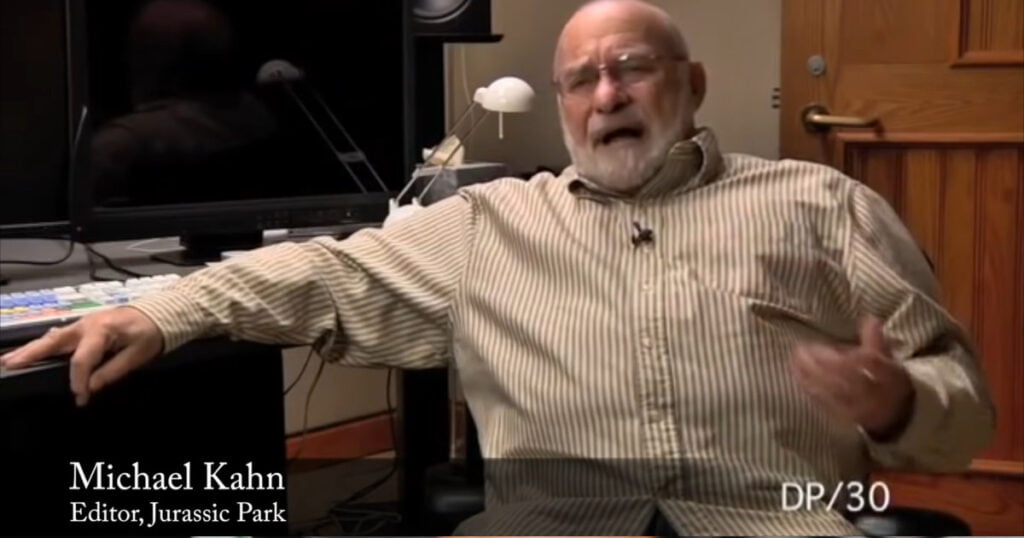Understanding the Psychological Impact of Film Editing

Ever wondered how a movie can totally draw you in, play with your emotions, and leave you thinking about it for days? It’s all about the craft of editing. Editors aren’t just cutting and splicing footage; they’re essentially psychologists, manipulating time and space to create emotional impact and keep us viewers engaged. It’s an art form that balances technique with a deep understanding of how our minds work. Let’s unravel this intriguing aspect of post-production together!
The Art of Editing Psychology: How Editors Shape Our Emotions
Alright, let’s kick things off with how editing taps into our emotions. It’s like, when you watch a thriller and those quick cuts keep you on the edge of your seat – that’s no accident. Editors use pace, rhythm, and the element of surprise to evoke feelings of suspense, joy, or sadness. Ever noticed how a slow, lingering shot can make a scene feel more poignant? That’s editing psychology at work. It’s about knowing when to give a moment space and when to ramp up the intensity.
Emotional Impact: The Invisible Hand of Film Editing
Now, onto the emotional impact. A good edit can make or break a film’s emotional connection with its audience. Think about it: the same scene can feel dramatically different with a few tweaks in the editing suite. It’s all about choosing the right take, the right angle, and the right timing. Editors are like puppeteers, pulling strings we don’t even see, to stir our hearts and minds. They craft stories that resonate on a deeply personal level, using tools like pacing, music, and color grading.
Viewer Engagement: Keeping Audiences Hooked Through Editing
Moving on to viewer engagement. This is where editors really flex their muscles. They’ve got a whole arsenal of techniques to keep us glued to the screen. It’s not just about what’s shown, but also what’s omitted. A well-placed cut can create suspense or reveal crucial information at just the right moment. And it’s not just about the visuals – sound editing plays a huge role too. The interplay of dialogue, sound effects, and music can significantly enhance the viewing experience, making it more immersive.
The Subtle Science Behind Every Cut and Transition
Lastly, let’s talk about the science behind every cut and transition. It’s not just random; there’s a method to the madness. Editors think about things like eye-trace (where your eye naturally looks on the screen), graphic match (cutting together shots that visually complement each other), and pacing (the rhythm of the film). They use techniques like the J-cut and the L-cut to create a seamless flow of scenes, making the story more cohesive and compelling. It’s a subtle art, but when done right, it makes a world of difference.
Alright folks, we’ve just scratched the surface of the incredible world of film editing psychology. It’s amazing how much thought and skill goes into every cut and transition. Editors aren’t just behind-the-scenes technicians; they’re artists and storytellers who play a key role in shaping how we experience a film. Next time you watch a movie, try to notice these subtle editing tricks and appreciate the craft that goes into creating those emotional responses. It’s a fascinating journey – one that deepens our appreciation for the magic of filmmaking.
Hey, if you’re intrigued by the art of film editing, why not dive a bit deeper? There’s a whole world of techniques specifically tailored for the indie filmmakers out there. These methods can totally transform your project, giving it that professional edge without breaking the bank. It’s about getting creative with the resources you have and making every shot count. So, if you’re looking to up your editing game and bring those unique stories to life, this is something you won’t want to miss.

Responses